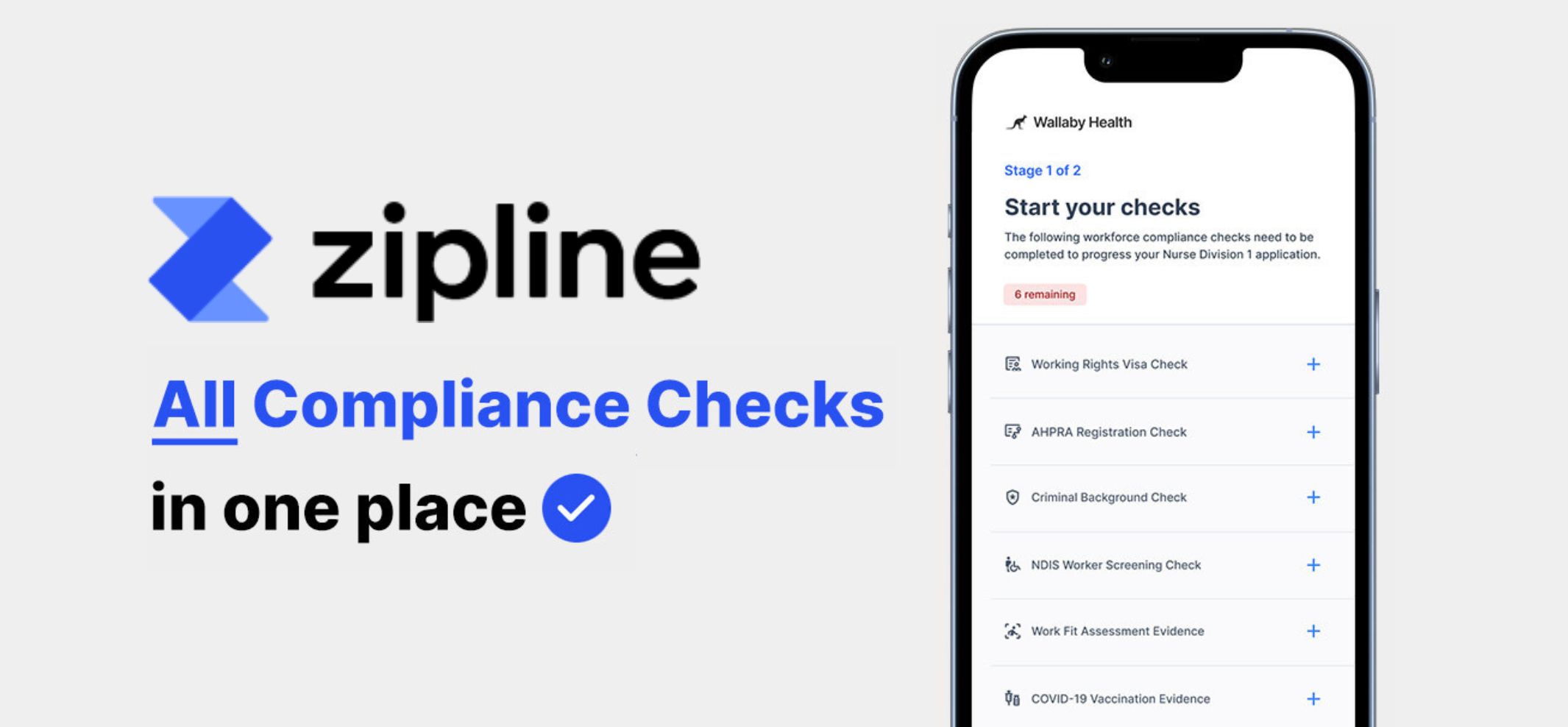Australia’s emergency departments (EDs) are facing a dire situation.
Patient flow is reaching critical levels and is operating at breaking point, coupled with the increase in staff shortages, emergency department wait times are now longer than ever.
These prolonged wait times are exacerbating the pressure on staff who endeavour to see patients within the clinically recommended length of stay in the ED to meet national safety and quality of care standards to ensure patients’ well-being.
In light of these worsening conditions, Australian Healthcare leaders must be urged to capitalise on technology that better supports medical and nursing staff, reduces the time spent on clinical documentation and streamlines processes to boost efficiency throughout the patient journey. Healthcare is among the top industries experiencing burnout and detriment to staff mental health, and thus urgent action is required to prioritise the well-being of hospital teams.
The Growing Strain on Patient Flow
Australia’s EDs are grappling with increasing demand for services, leading to overcrowding, longer waiting times and compromised patient outcomes. With an increase in population growth, an ageing population with complex health needs, and a lack of resources to match the demand, patient flow is highly congested. The processes and excessive paperwork currently present in Australia’s EDs are further hindering patient flow and placing strain on healthcare professionals.
It’s no secret that tackling the underlying factors for ED overcrowding involves a systemic, longer-term approach, for example, solving staff shortages requires training additional nurses and doctors, accelerating hospital admissions requires higher bed capacities and expediting hospital discharges. While said issues are challenging to rectify at an individual hospital level, there are means that can be easily adopted to support the delivery of care and lead to significant time savings.
The Role of Technology in Supporting Staff and Streamlining Processes
To address the challenges faced by EDs, healthcare providers must embrace technology to better support their staff and streamline processes. In fact, the Federal Australian Government encourages the use of technology to improve the delivery of care. Calling for solutions that can be implemented in a timely manner allows a hospital to proactively increase the efficiency of its operations.
Automating routine tasks, like clinical documentation and data entry, can free up valuable time for clinicians to focus on providing quality care to patients, ultimately quickening patient throughput.
Protecting the Well-being of Healthcare Teams through the Power of AI
The constant pressure and heavy workloads in EDs are leading to burnout, stress, and decreased job satisfaction among healthcare professionals. By implementing AI-powered speech recognition, healthcare organisations can relieve the administrative burden on clinicians, allowing them to focus on meaningful patient work and reducing the risk of burnout.
AI-powered speech recognition presents a remarkable opportunity to alleviate workloads and enhance patient care within EDs. By accurately transcribing spoken language into written text, this technology can significantly reduce the time spent on clinical documentation. Rather than spending hours typing patient notes and reports, clinicians can dictate their findings, allowing them to allocate more time to direct patient care.
It is a crucial time for healthcare leaders to recognise the potential of technology in enhancing patient care and protecting the well-being of their teams. Through investment in the right technological solutions, Australia’s EDs can improve patient outcomes, reduce wait times, and create a more sustainable and efficient healthcare system.
Dr Simon Wallace is the Chief Information Clinical Officer at Nuance Communications



























